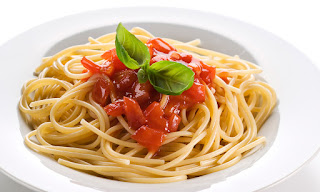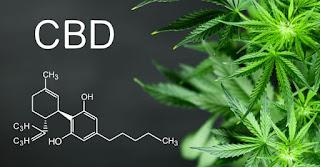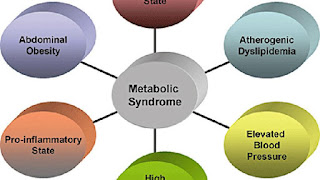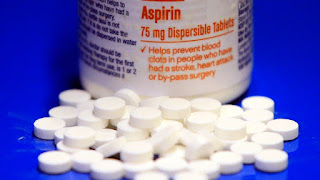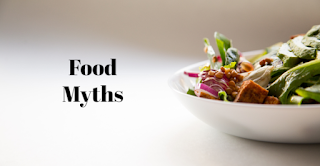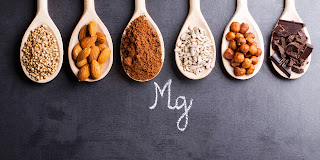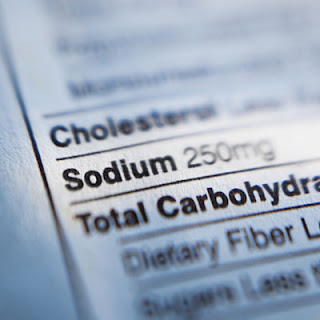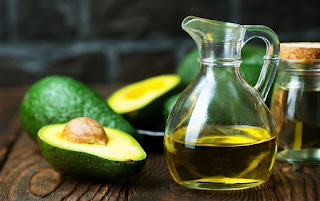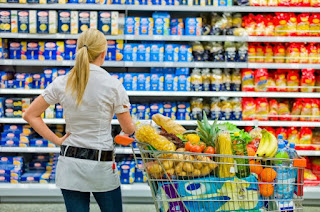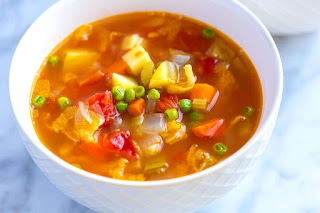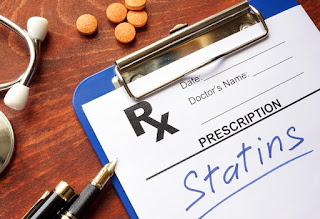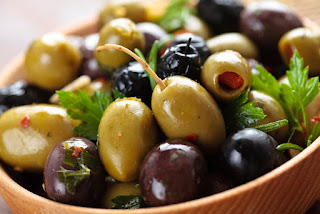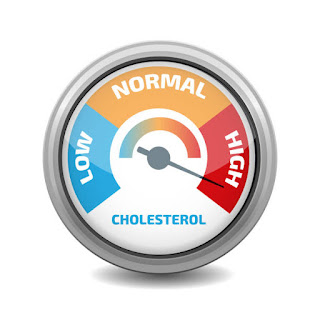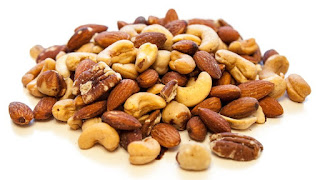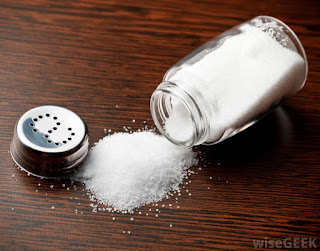Eating a healthy diet ought to be simple. You already know what is good for you and what isn't. But it isn't easy at all. Everywhere you turn you are confronted by mountains of cheap, tasty, readily available food. And food producers are spending billions of dollars every year to make sure you eat as much of it as you can find.
Everybody eats. Everybody buys food. Its a big business. And many of those billions of dollars find their way into the campaign coffers of politicians who then keep the regulators off the food producers back.
But you should know the three ways in which the food companies deliberately and effectively mislead you.
1. Advertising.
The companies that deal in the unhealthiest of foods are also the ones spending the most to grab your attention. They target their advertising at black and Hispanic youths especially, although none of us are immune. Even after many of these corporations publicly pledged their commitment to promoting healthier eating, their dollars are still trying to convince you to do otherwise. Food companies spent $11 billion on television ads alone in 2017, and 80 percent of that, about $8.8 billion, was spent on their unhealthiest offerings ― sugary soda, fast food, candy and unhealthy snacks - and targeted at minorities and children.
These ad dollars are devastating in light of the ongoing obesity epidemic in America, which affects almost 26 percent of Hispanic children and 22 percent of black youths, compared with 14 percent of white children, according to the CDC. According to the American Heart Association, "Children are regularly exposed to advertising and marketing through television, the internet, magazines, schools, product placements, video games, cell phones, and other means. These advertisements are designed to boost brand recognition, sales, and loyalty, more often for unhealthy, high-calorie foods. Unfortunately, most of these products have excessive amounts of added sugar, salt, and fat, and inadequate amounts of fruits, vegetables, and whole grains."
Food companies use all sorts of clever ways to boost consumption, including celebrities, musicians and athletes endorsing products they, themselves, do not eat. No wonder we keep getting fatter and fatter.
2. Misleading Claims on Food Packaging.
We've all seen it. There is is in large print right on the front of the package. Helps Build a Strong Immune System! Supports Heart Health! Contains Real Fruit! All Natural Ingredients! Most of us miss the fine print hidden way down at the bottom in a font so small you can't even see it, let alone read it, that says that the FDA does not approve the claims. Some claims, such as "natural" do not even have a legal meaning and so can be applied to anything. And are. Content claims are especially misleading. Often the touted ingredient is there in such a small amount that it serves no purpose at all other than allowing the company to legally proclaim it is there.
3. Sneakily designed "clinical trials" that prove nothing.
Industry-funded research nearly always comes out in the favor of whoever is paying for it, and if it doesn't it never sees the light of day. There are dozens of ways to fake research results. Some of the most popular are to prove something that has no relevance to the product's claims, using poorly designed studies that often employ badly flawed methodologies, "publication" in industry owned or non-peer reviewed journals, failure to include a control group in the study and using a study group so small that the results have no meaning.
Just because something says "clinically proven" doesn't mean that it is.
And by the way, all of this applies to supplement manufacturers just as much as to food producers.
When it comes to the food you serve yourself and your family, there is no one looking out for you but you. Fortunately, there are two things that you can do to protect yourself.
First, learn what a portion is and adjust yourself to it. Larger portions mean more calories, more preservatives and more of everything else.
Second, eliminate as much fast food and ultraprocessed food from your diet as you can. Just stop buying it. You won't likely be able to get rid of it all. That's ok. You don't have to be perfect. But the more crap food you replace with real, unprocessed food, the better off you will be.

